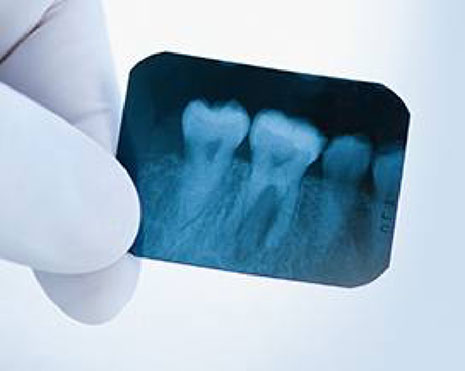Every year, millions of people have their wisdom teeth removal. Although it is not necessary for all patients, estimates indicate that around 85 percent of people need to have their wisdom teeth removed at some point during their life in order to prevent significant dental problems. If your small dental practice offers wisdom tooth removal services, you inevitably have to deal with dental-medical cross coding. Depending on the case, this service is often considered “medically necessary,” so it calls for dental-medical cross coding.
Relevant CPT Codes for Wisdom Tooth Removal
The relevant CPT codes for wisdom tooth removal fall into three categories: the diagnosis codes, the procedural codes, and the anesthesia codes.
There are a wide range of diagnosis codes that may be used, depending on the patient’s condition, so you need to be careful when determining the right one for a specific case. However, three of the codes that are most commonly used by dentists are:
A) M26.31: Crowning of fully erupted teeth
B) K00.6: Disturbances in tooth eruption
C) K01.1: Impacted teeth
The procedural codes are a bit simpler, since there are only two possible options for wisdom tooth removal:
D) D7230: Removal of impacted tooth – partially bony
E) D7240: Removal of impacted tooth – completely bony
Perhaps the most difficult aspect of dental-medical cross coding for wisdom tooth extraction is determining which anesthesia code is needed. If the patient is conscious, some of the relevant codes are:
F) D99152: Intravenous moderate (conscious) sedation/analgesia – first 15 minutes
G) D99243: Intravenous moderate (conscious) sedation/analgesia – each 15 minute increment
However, you also need to consider D00100 – D01999, which cover a wide range of intraoral procedures. Also, D99143, D99144, D99145, and D99148 are used when moderate sedation is provided by a health care professional other than the one who is performing the actual procedure. The correct code depends on the patient’s age and the timing of the anesthesia administration.
For small dental practices, keeping track of all of these coding options can turn into a major hassle, especially because practices are often inundated with wisdom teeth removal appointments at certain times of the year — usually around school breaks, when young people in high school and college want to make the most of their time off by getting the procedure done. That may be a smart scheduling choice for them, but it can turn into a major headache for your practice and interfere with the efficiency of your revenue cycle.
Therefore, you may want to consider outsourcing dental-medical cross coding services to the experts at AnnexMed. Our team is familiar with the diagnostic, procedural, and anesthesia codes for wisdom tooth removal, among other procedures that require dental-medical cross coding, so we can streamline the coding process. Contact us today for more information!


